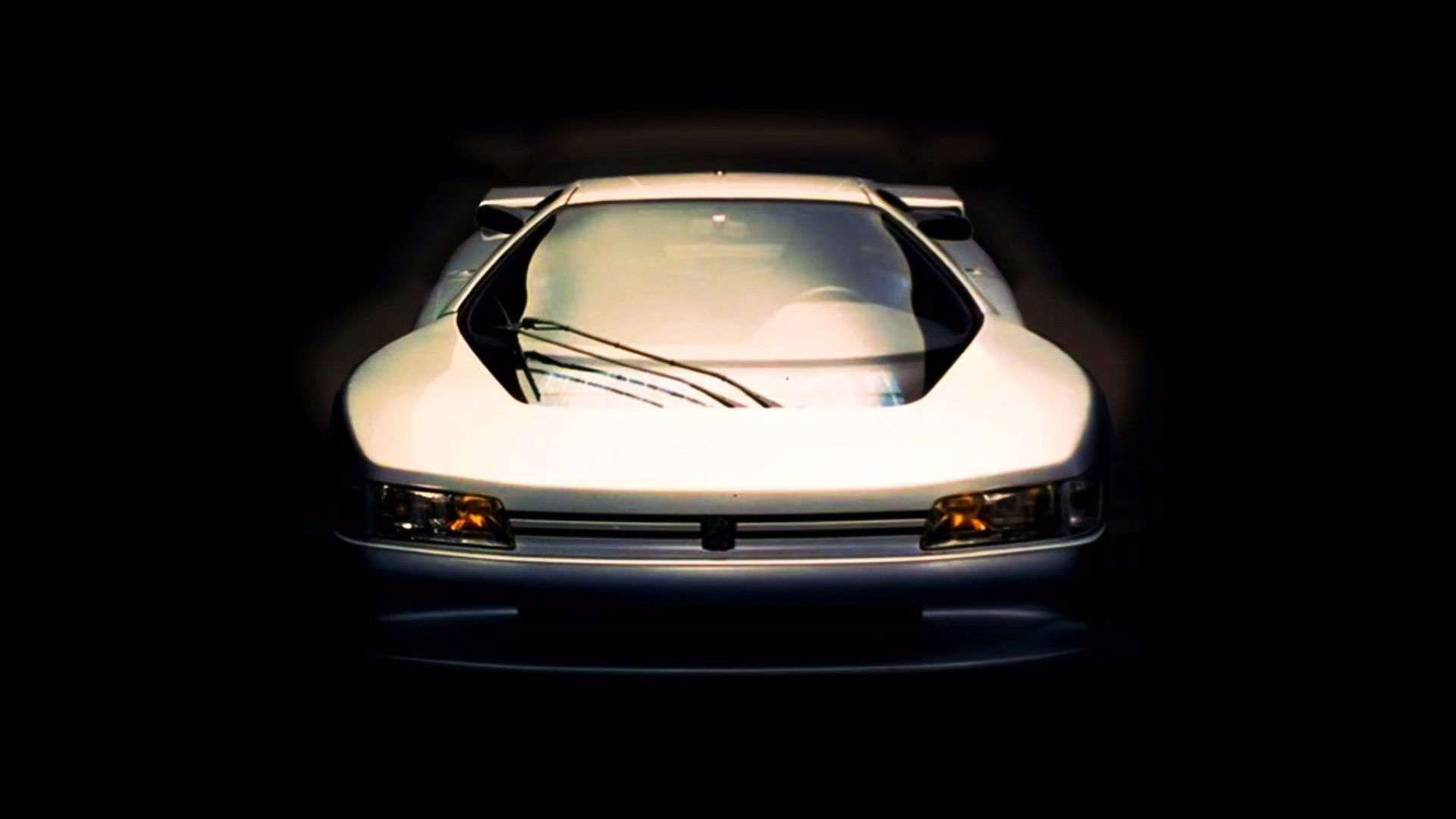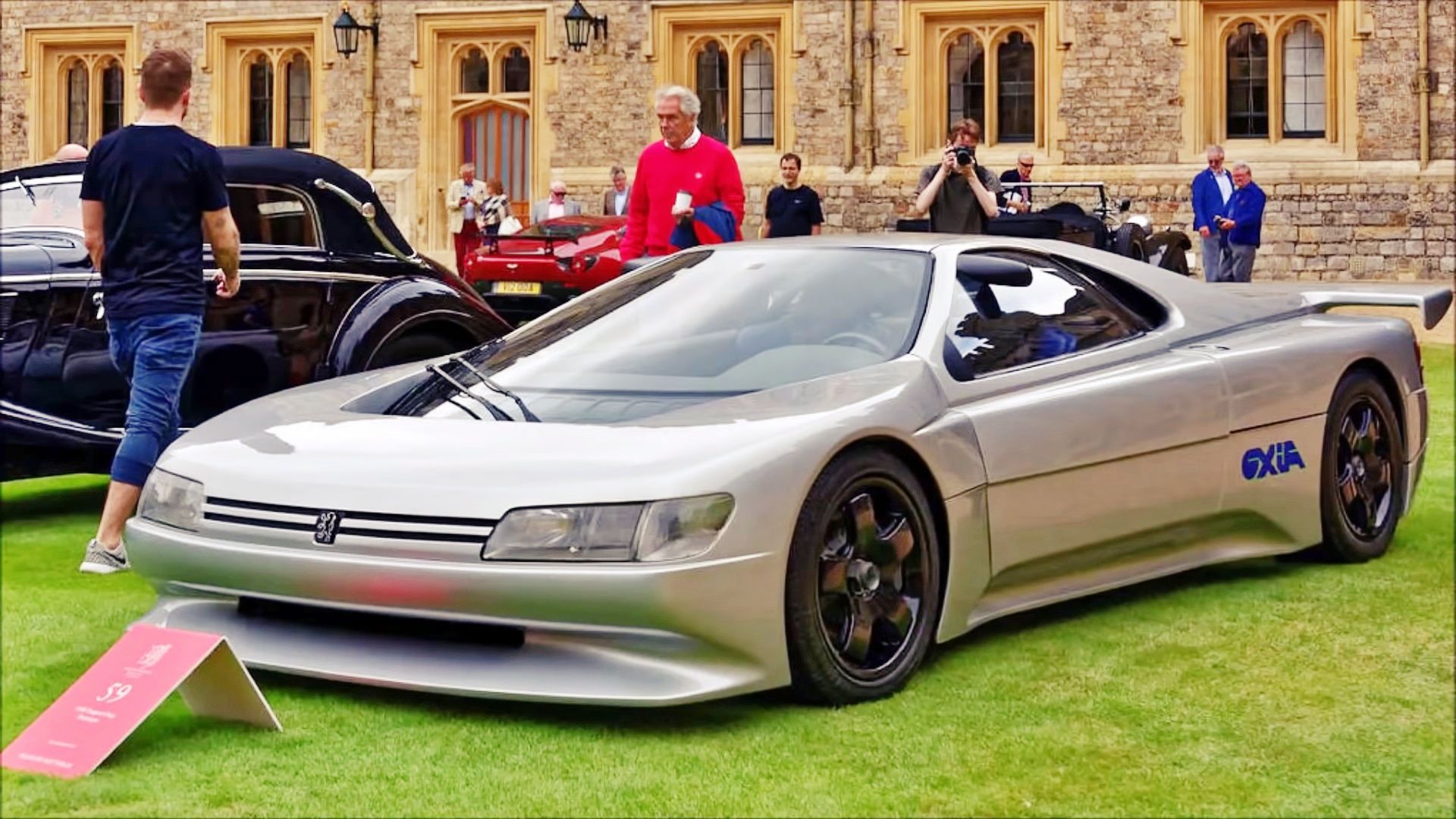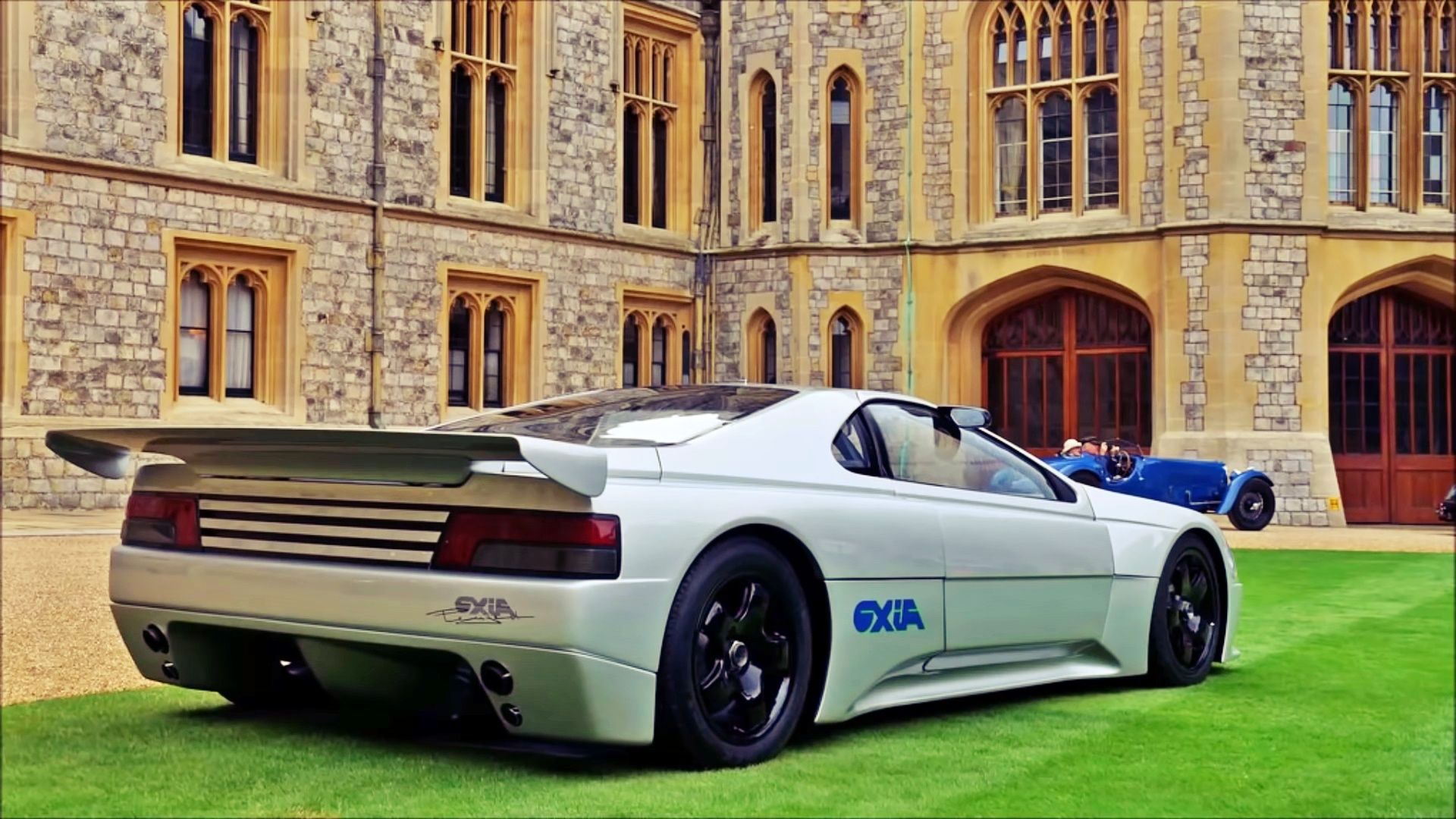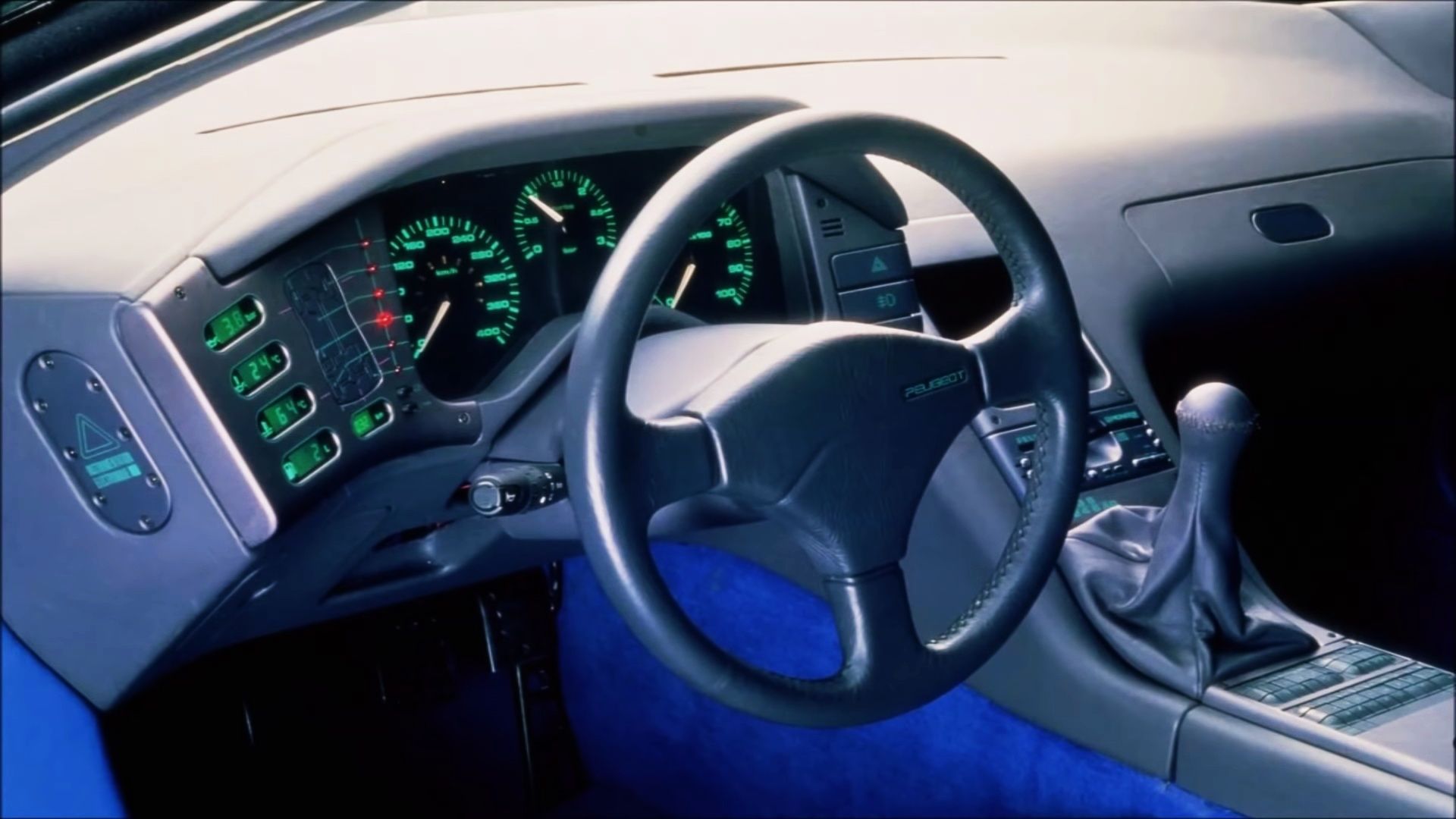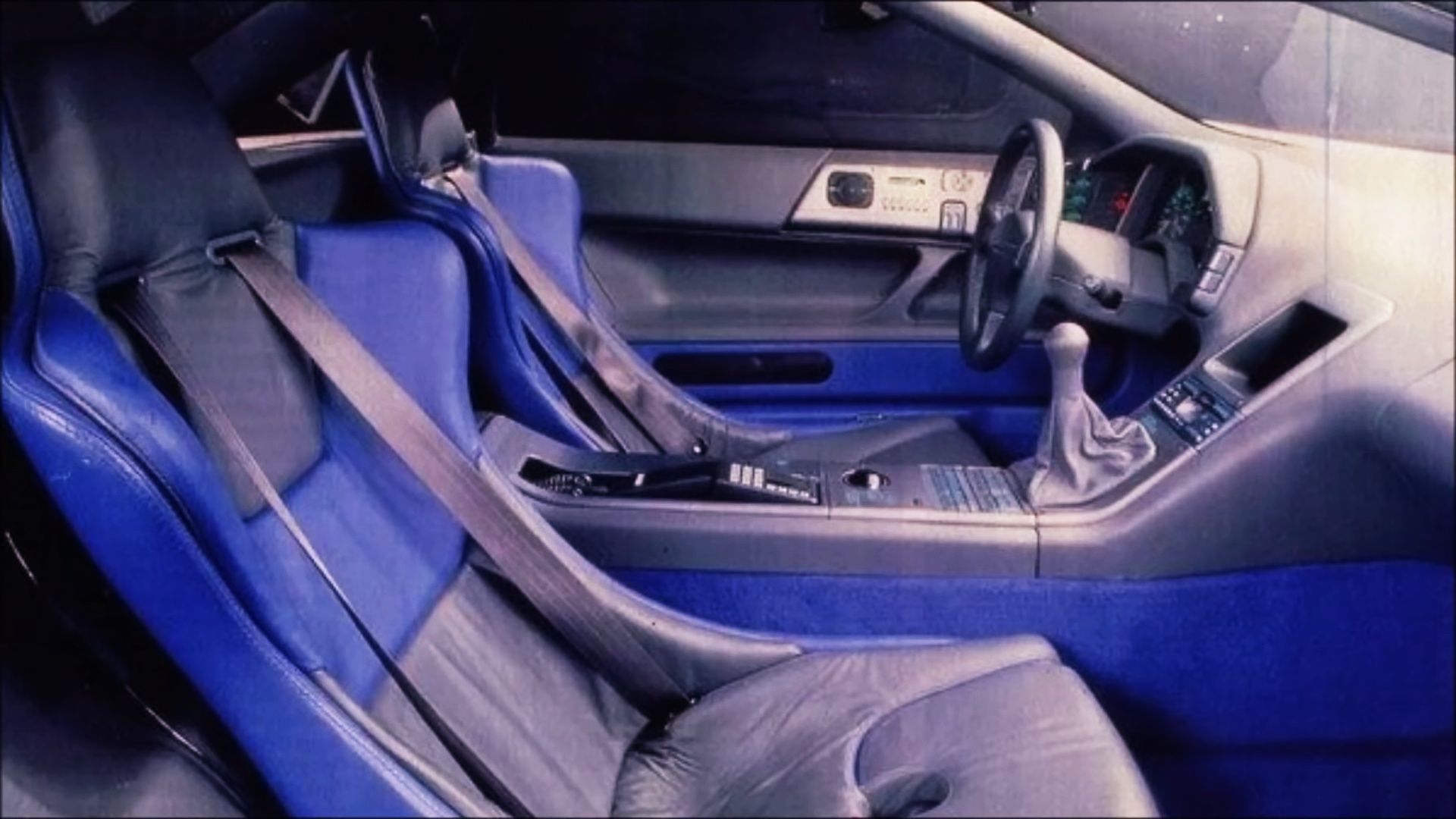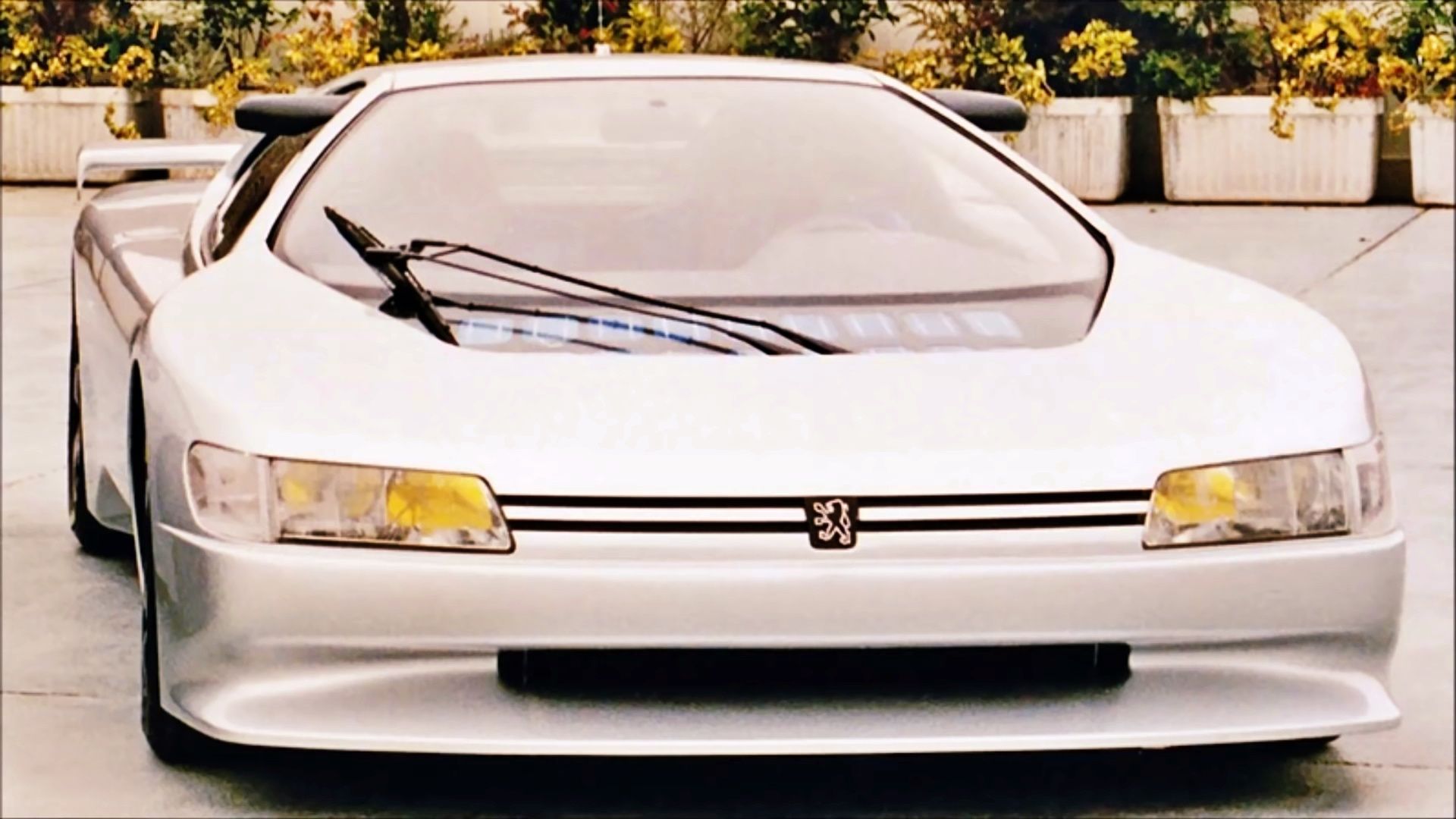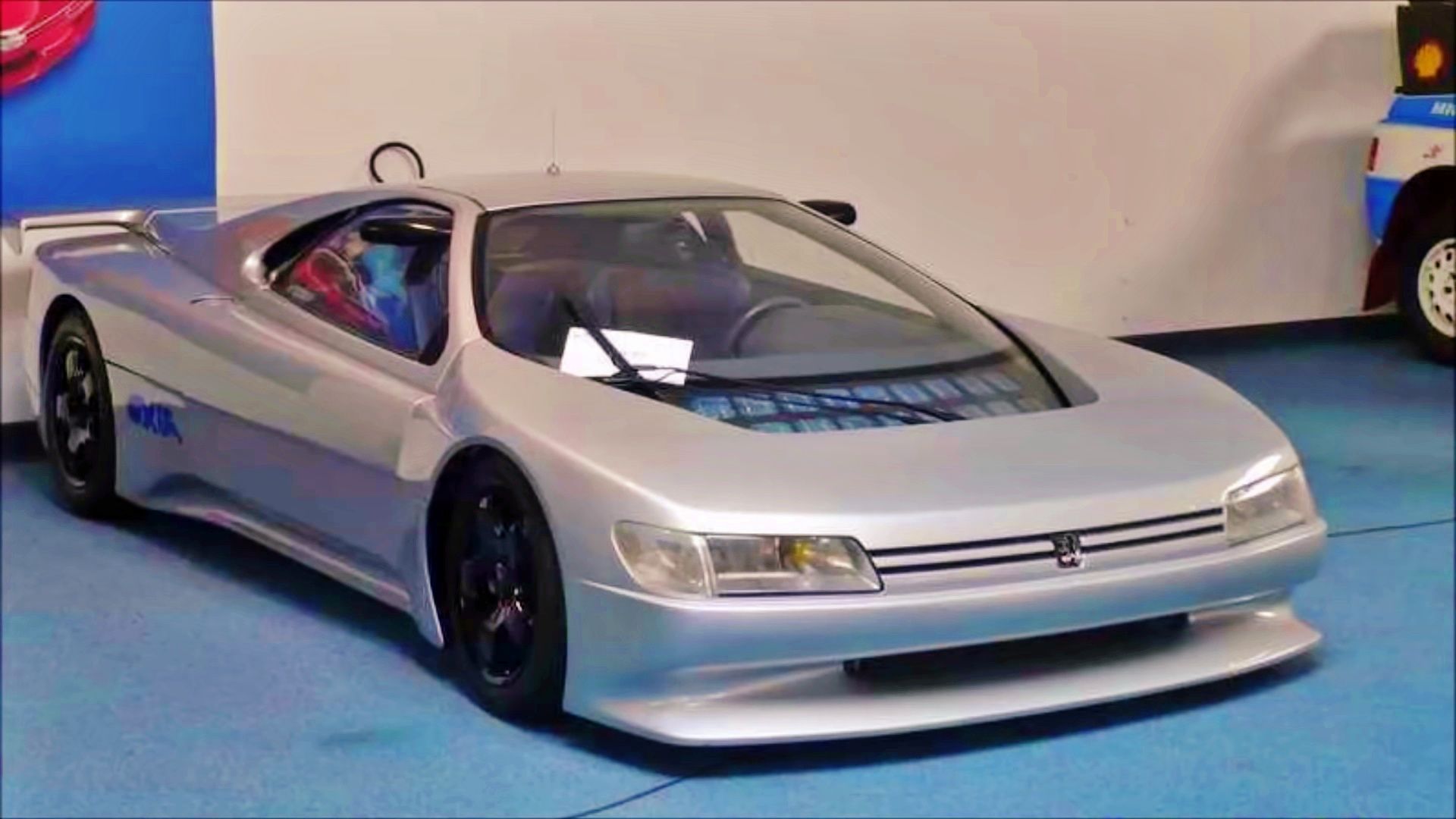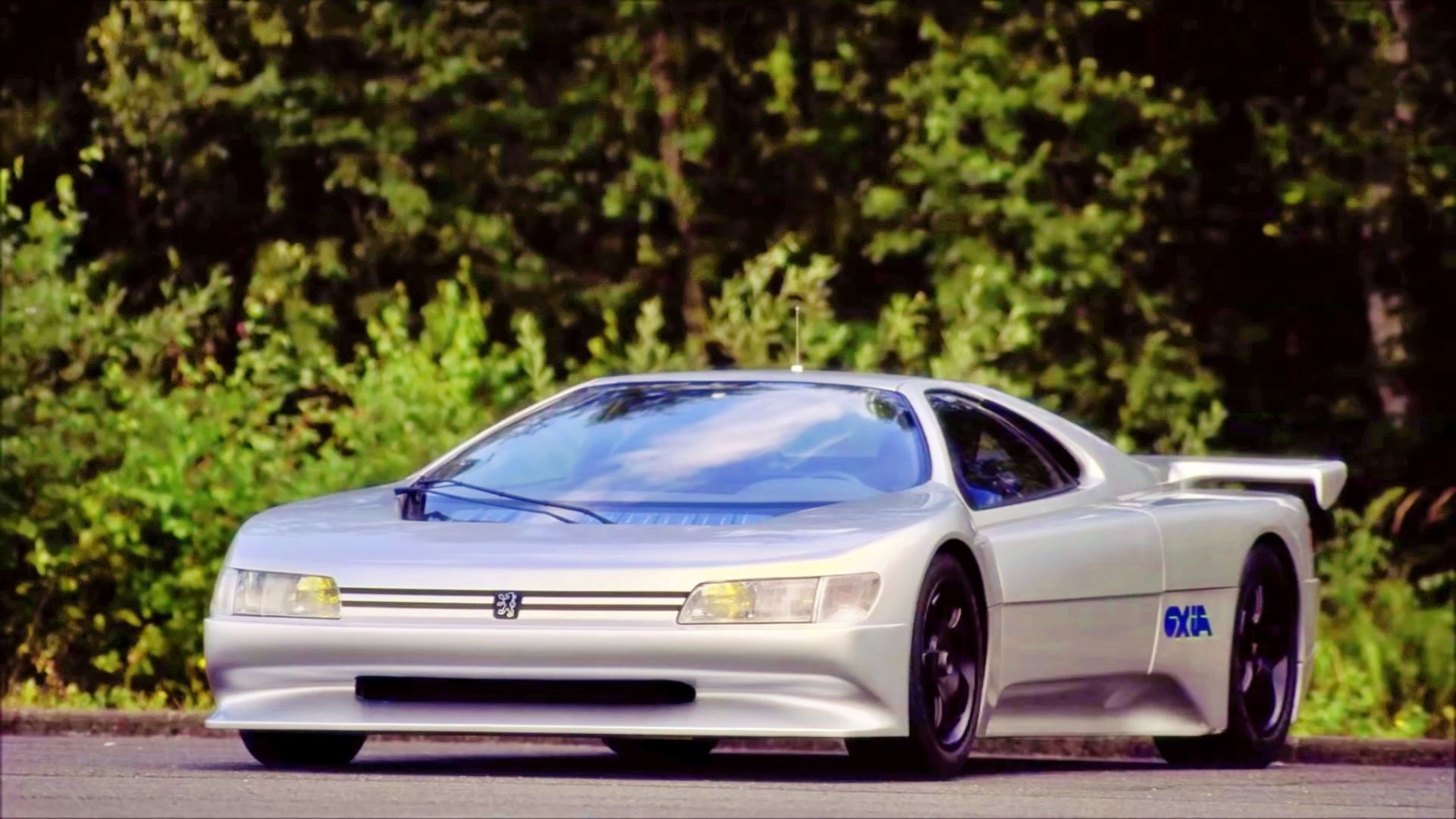The Peugeot Oxia is a high-performance supercar concept that the French Automaker conceived back in the late 80s. It pays homage to the company’s past and certainly was a technological revelation well ahead of its time. It was a supercar that would have gone up against cars like the Ferrari F40 and Porsche 959 had it actually gone into production.
To put that into perspective, the hi-tech Oxia had north of 600 horsepower, along with four-wheel drive and four-wheel steering. These specs might seem normal now, but back in the ’80s, they were unheard of. Let’s dwell a little deeper to find out just what the Oxia was all about.
Overview - The Oxia Story
Peugeot earned an exceptional reputation in motorsports during the 1980s. Almost all of their models had one or more sports versions to capitalize on this success. However, the legendary Group B 205 GTI and 405 Mi16 models, the P88 Le Mans Racer that could achieve a top speed of 253 mph. None of these cars though satisfied the French automaker’s thirst for dominance and hence, Peugeot embarked on an unprecedented journey: The creation of their very own ultimate supercar!
The Oxia debuted at the 1988 Paris Motor Show. Even at the time, the Oxia was more than just a 'concept car' or a 'racing car,' as many brilliant designers and engineers referred to it. It was fully functional and the French automaker went to considerable lengths to make it a drivable package.
Exterior
Gérard Welter developed the bodywork, which is composed of carbon-kevlar and an aluminum alloy chassis. With these space-age materials, the Oxia was fairly light, tipping the scales at 2998 pounds. Its rims are similar to those that will be fitted to the sporty Mi16. The hood meanwhile is generously hollowed out by photovoltaic cells located at the base of the steeply sloping windshield, while the rear spoiler is a direct extension of the roofline.
On either side of the diffuser, there are four discrete exhaust outlets in the back. To be honest, this Peugeot still manages to look modern and wouldn’t look out of place outside an upscale restaurant in a big city, even today. I have to admit, I am a fan of the way that the Oxia looks, and the designers hit the nail on the head the first time around.
Interior
This is where things get really interesting. Step inside the hi-tech cabin and you’ll be surprised by the level of tech that the Oxia offers. Yes, I admit, at first glance, they might seem dated, but for the 80s, they were revolutionary. For instance, the air conditioning system on the Oxia worked even while the car was stopped, thanks to these photovoltaic cells that we mentioned earlier.
That's not all, though, the ancestor of the GPS system was also integrated into the car, with real-time traffic information. There was also a state-of-the-art Hi-Fi system and an electromagnetic control system at the time. In terms of seating, you had a pair of sporty bucket seats, complete with harnesses, to keep both driver and passenger safety in any situation.
Performance
On the technical front, the notion that the Oxia is powered by the iconic 2.8-liter V-6 PRV engine from the P88 may arouse some skepticism. I say this because, in comparison to the V-12’s from Italian rivals at the time, this engine doesn’t seem that impressive! However, this V-6 is renowned for being tough and is capable of withstanding even the most extreme performance demands. It produces a whopping 680 horsepower and revs to 8200 rpm, thanks to two-cylinder heads with a total of 24 valves and two turbos. Underneath, the Oxia features a four-wheel drive and four-wheel steering coupled to a six-speed manual transmission with a twin-disc clutch ad twin differentials, taken from their Group S & Group B Pikes Peak cars.
The entire system, which includes two auto blockers, one in the front and the other in the back, ensures failsafe handling. This staggering performance allowed this Peugeot to outrun all other Peugeots for this era, with the Oxia reaching speeds of more than 186 mph.
Conclusion
Even with the Peugeot Oxia’s proven performance on the track, the French automaker didn’t put it into production. However, had they done so, the Oxia would go on to become the Fastest car in the world, until the McLaren F1 came along in the early 90s. The Oxia in fact has to be one of the most significant supercar concepts of all time, because it was faster than top drawer supercars of the time, like the Ferrari F40, the Jaguar XJ 200, the Bugatti EB110, the Porsche 959, and the Lamborghini Diablo GT.
As I mentioned earlier, Peugeot did make two functional specimens of the Oxia. While the first has been lovingly conserved at the Peugeot Museum, the second example sold for over 120,000 euros during an Artcurial auction on June 14, 2009, and is located right here in the United States. As far as concepts go, we know for a fact the Peugeot has come up with some truly sensational ones, and with retro mods in trend right now, it would be ideal for the French Automaker to finally revive the Oxia name.
HSG Automotive on YouTube gives us a detailed Overview of the Peugeot Oxia. Find the video below.


